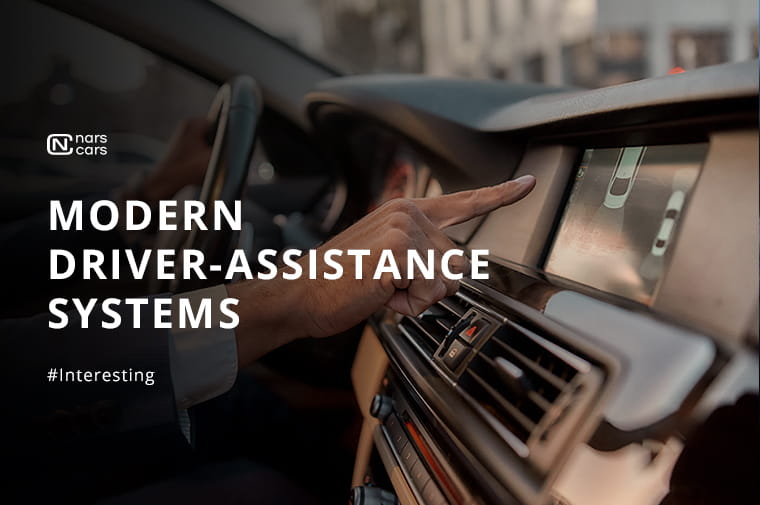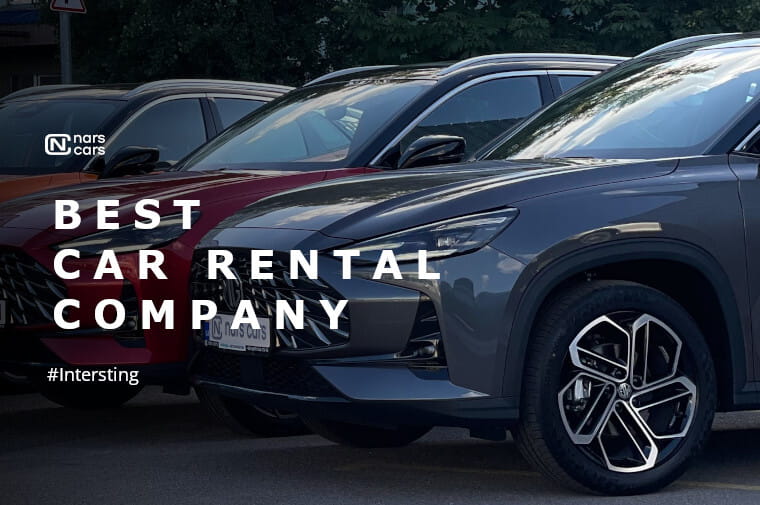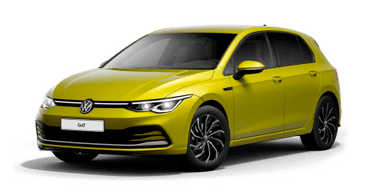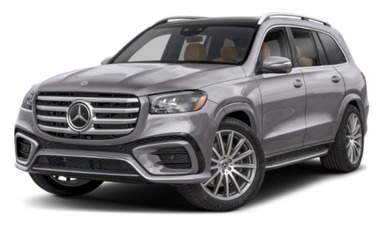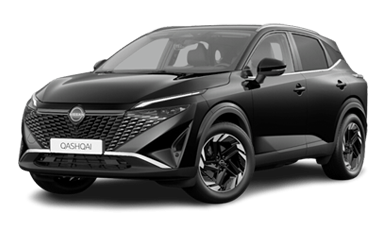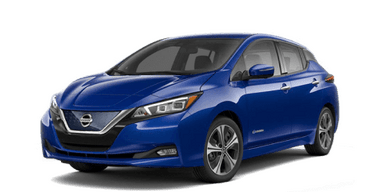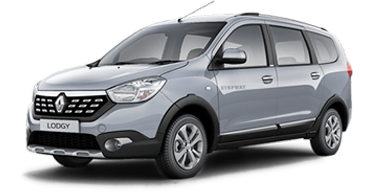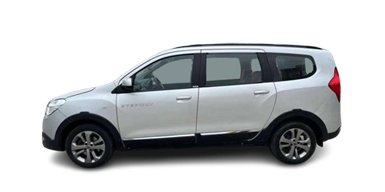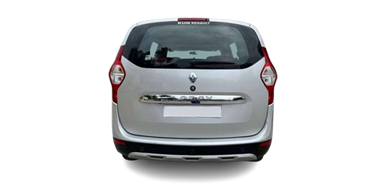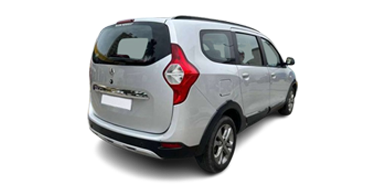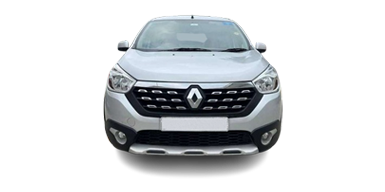The trend towards the use of environmentally friendly transport has reached Ukraine. But since our motorists are not ready to drastically replace their powerful “steel horses” with internal combustion engines with innovative electric cars, hybrid cars have become increasingly popular in Ukraine. What is a hybrid, what are its pros and cons, and how does a hybrid car work, we will just consider in this article.
What is a hybrid?
Hybrid cars have been known since the last century. Since then, technology has developed rapidly, and now an auto hybrid is no longer an invention of science fiction writers, but a very real vehicle that, in terms of its characteristics, is not inferior to classic cars on an internal combustion engine.
A car that has a hybrid engine moves using not one, but several sources of energy. In addition to the internal combustion engine, an electric motor is installed in the car. This combination reduces the load on the mechanism and makes it more efficient.
Hybrid cars consist of the following main parts:
- internal combustion engine;
- gas tank;
- electric motor;
- generator;
- accumulator battery;
- power controller;
- inverter;
- transmission;
- charger.
A hybrid car is an excellent means of transportation for car enthusiasts who care about the environment, but do not have enough charging stations for electric vehicles in their region.
Previously, when buying a car, people only thought about which car with which gearbox to choose, but with the development of modern technology, they are now already thinking about which engine it should work on. And if there is any doubt that an electric car or an internal combustion engine car is better, then the choice usually stops at a hybrid.

Design features
Knowing what a hybrid car is and what its design features are, it will be much easier for a motorist to understand its principle of operation. We list the main features of the hybrid:
- The hybrid internal combustion engine has less weight and low power, so the car experiences less load, saves fuel and emits less emissions into the atmosphere;
- the electric motor is installed inside the power unit or separately. The electric motor additionally generates electricity stored in the battery. This allows you to save charge;
- The gearbox of a hybrid is absolutely no different from the gearbox of a vehicle driven by an internal combustion engine. There are hybrid cars on the mechanics and on the machine. A special type are cars with gearboxes directly connected to an electric motor;
- A fuel tank is essential for the proper operation of an internal combustion engine. It is located in the back of the car;
- The battery for a hybrid is a kind of "fuel tank", that is, it contains a source of energy for the electric motor. 2 types of batteries are used: a high-voltage one feeds the electric motor, and the usual one is needed to feed the car's on-board electronics;
- the task of the inverter is to convert direct current into alternating current. This is necessary for the correct operation of the electric motor;
- The generator in a hybrid car is essentially the same electric motor, but it generates electricity while the car is moving without using it.
Judging by the listed features, hybrids have a more complex design than ICE-powered vehicles. Therefore, in order to know how to check a car before renting or buying it, you need to have a general idea not only about its structure, but also about the principle of operation.
Operating principle
The principle of operation of the hybrid is conditionally divided into 4 stages:
- Starts moving at low speed. At this time, the machine runs exclusively on electricity. At this stage, the battery supplies a charge to the power supply, and then to the electric motor.
- Riding. The internal combustion engine is already connected to the process, while the energy is distributed by the engine evenly so as to ensure the correct operation of the car. The remaining energy is taken by the generator and returned to the battery.
- The car accelerates. For this action, in most cases, the internal combustion engine is used, and the electric motor only maintains the dynamics of the entire system. Energy surpluses in this case are also distributed by the generator.
- Stop. When braking, the internal combustion engine operates in normal mode, and the energy surplus is transferred to the ECU, and then to the battery.
The principle of operation of a hybrid car has certain differences depending on which of the three types of power units is installed in it:
- Microhybrid. In this model, the electric drive is activated only at the beginning of the movement and during braking. A low-power battery is installed in it, so the car will not be able to move only due to the electric motor.
- Medium hybrid. In addition to starting and stopping in such a car, the power unit is also involved in the traction process. The battery is more powerful, but it will not be able to provide movement only due to the electric motor.
- Full hybrid. A powerful electric motor is installed in such a car, which can set it in motion without the help of an internal combustion engine in emergency situations (for example, when the fuel runs out). In normal mode, the machine works as with a medium hybrid power unit.
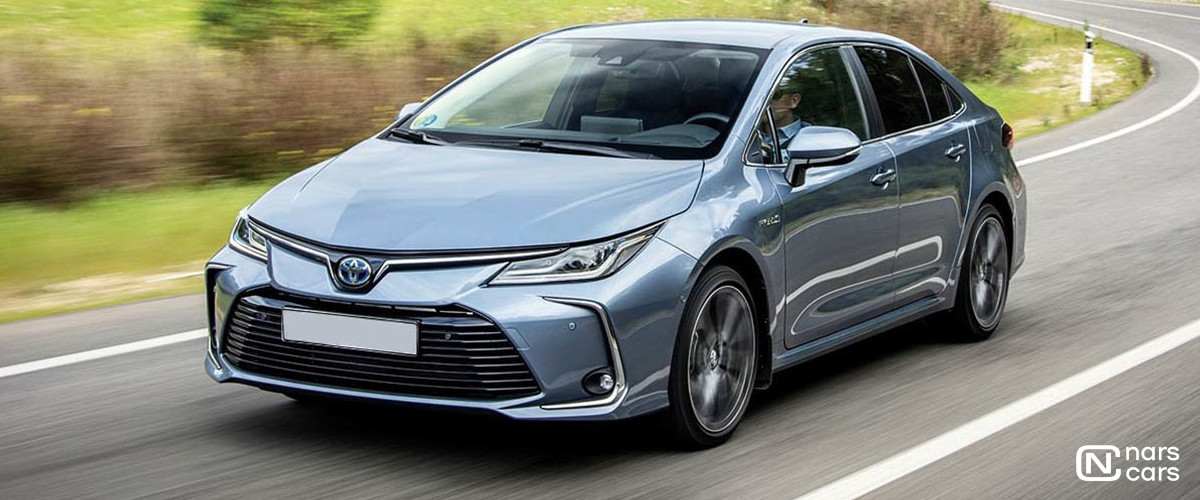
Advantages and disadvantages of hybrids
Before you buy or rent a hybrid car, you need to know all the positive and negative aspects of this technology. To begin with, consider the advantages that a hybrid car has:
- profitability. It uses a quarter less fuel than cars that run exclusively on fuel;
- environmental friendliness. Since the car uses 25% less gasoline, it emits much less emissions into the atmosphere;
- soundlessness. A low-power engine is installed in the car, which works almost silently;
- increased range of trips on a single charge. This advantage applies to full-hybrid power units, which are able to ensure the movement of a car even with an empty gas tank;
- energy saving. Due to the principle of recuperation, which is activated during a stop, it is possible to reduce energy consumption and increase the distance that vehicles can travel.
Despite the significant advantages, hybrids also have negative aspects that you need to be aware of before renting or buying them:
- high price. Such models are half the price of conventional ICE vehicles;
- complex repairs. The cost of repairs and parts is higher, and there are fewer craftsmen who can do it efficiently;
- fragility of accumulators. Lithium-ion batteries experience a reduction in maximum charge level during use.
Quietness is not only an advantage, but also a disadvantage of hybrids, because it is precisely because of this feature that such cars are 20% more likely to get into accidents involving pedestrians. To offset this minus, you can buy a car with a special sound signal.
A hybrid is the result of combining two different technologies. Thanks to the harmonious joint work of the internal combustion engine and the electric motor, such transport works more efficiently and economically.
Conclusions
A hybrid is a vehicle that is powered by an internal combustion engine and an electric motor. Unlike a conventional vehicle, a hybrid has an electric motor in addition to the internal combustion engine. The degree of its involvement in the work depends on the power of the power unit.
Microhybrids use an electric drive only for starting and stopping, the main process of movement is provided by the internal combustion engine. A car with a medium hybrid power unit also uses an electric motor during traction. An all-wheel drive hybrid can run on fuel or without the aid of an internal combustion engine.
The disadvantage of hybrids is the high cost of the car itself, as well as a rather complicated and expensive repair. In addition, their batteries lose charge over time. Due to the too quiet operation of the engine, the number of accidents involving pedestrians in hybrid cars is 20% higher than in vehicles with internal combustion engines.



